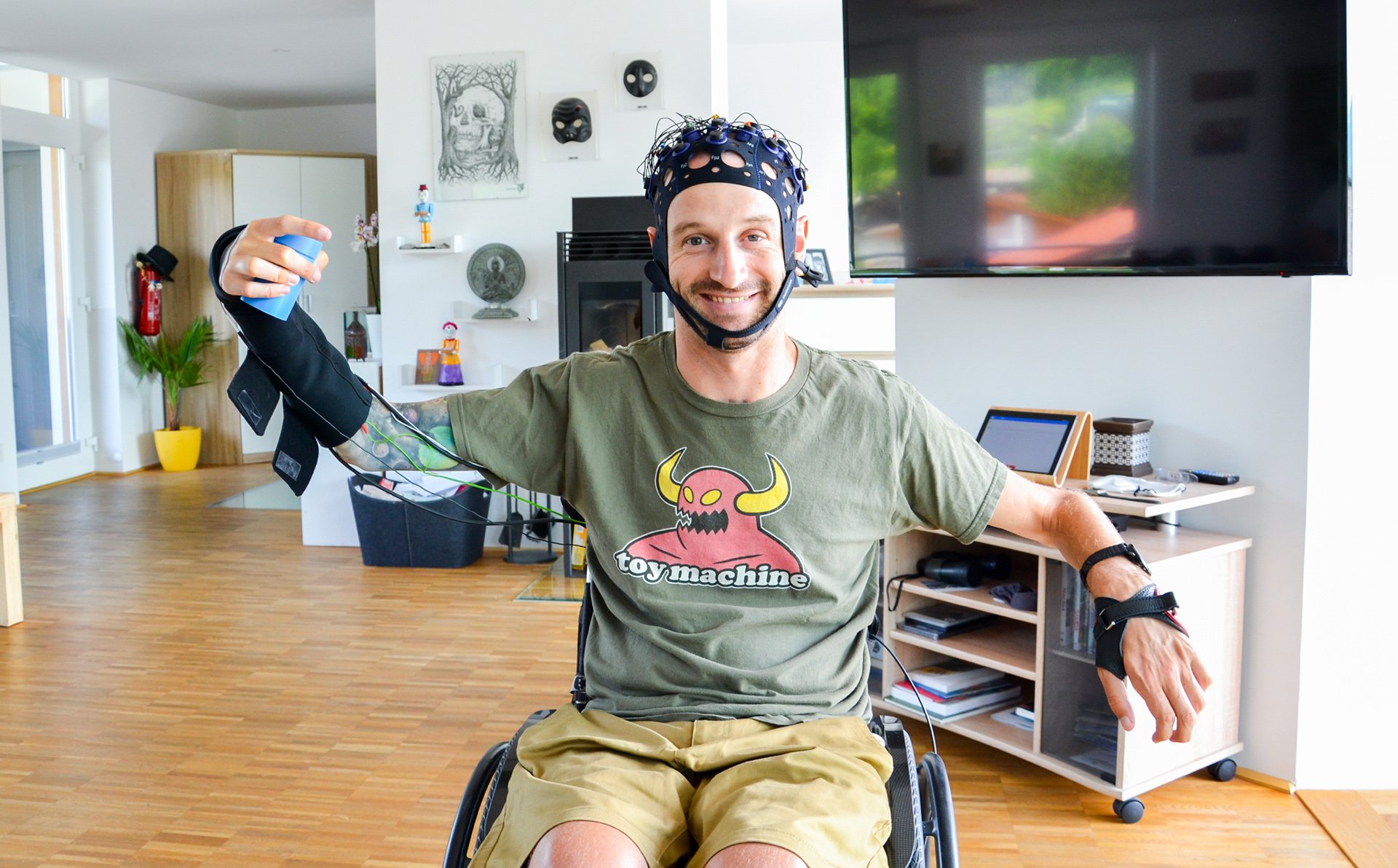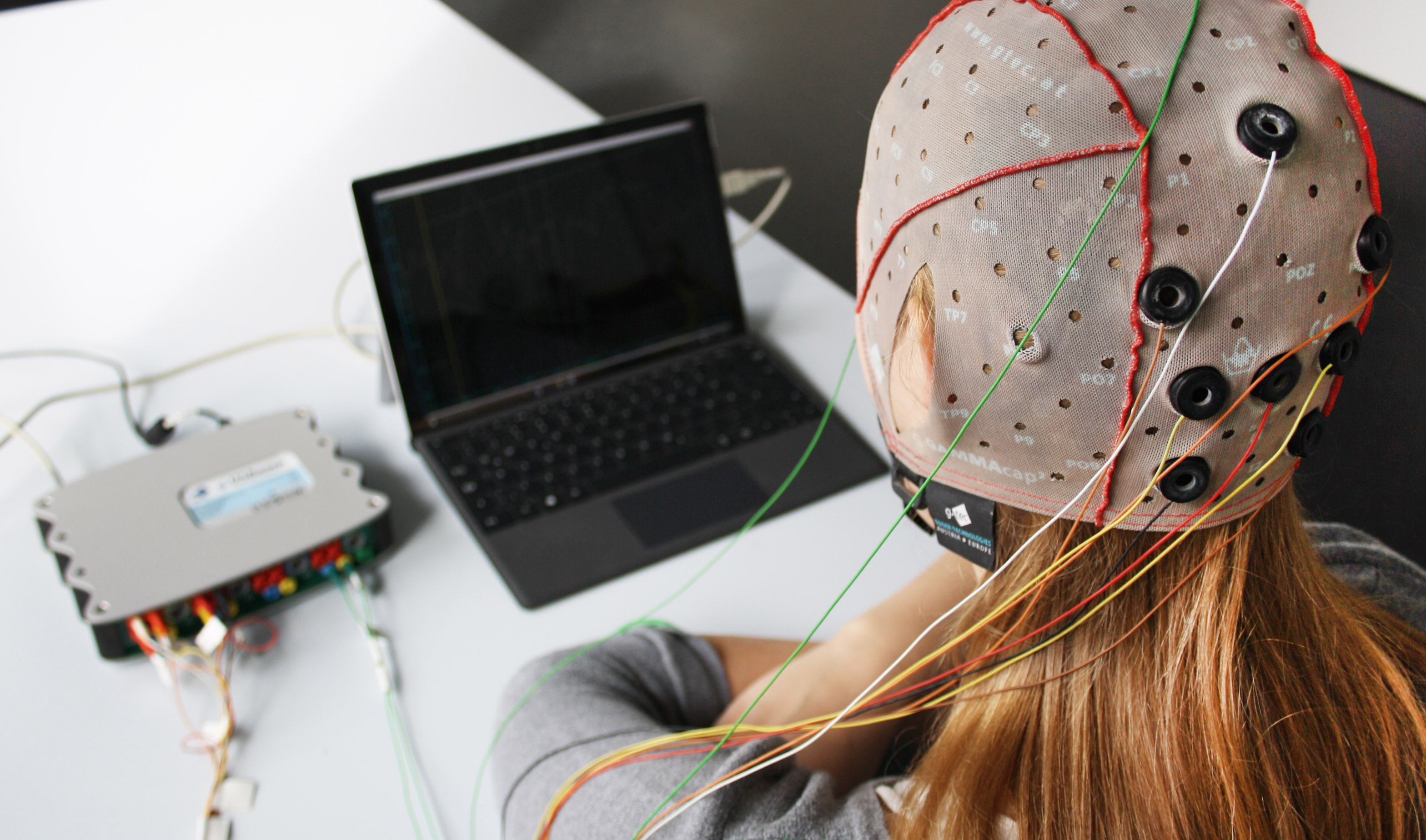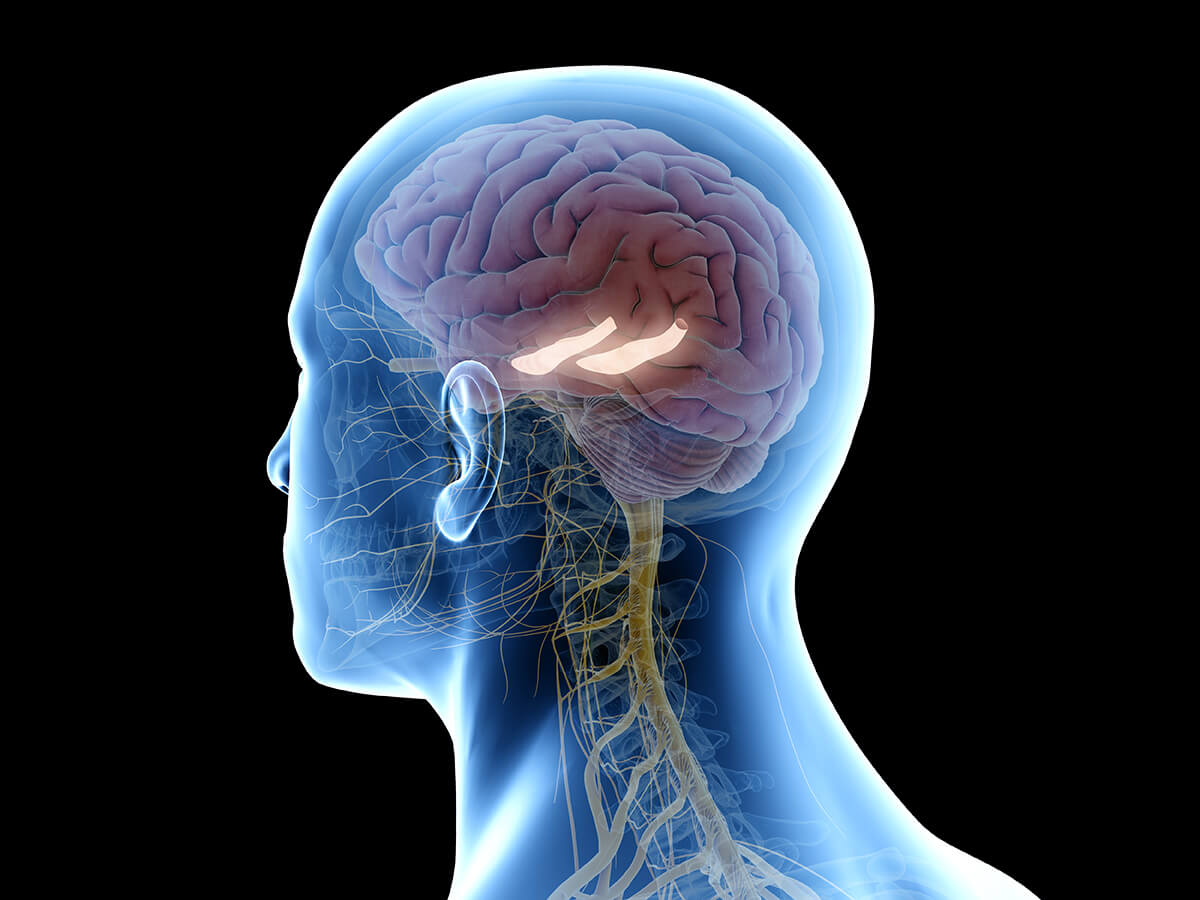Can BCI spot precognitive dreams? Can we realize the future?
Dreams have long been the domain of mysticism, speculation, and psychological analysis. They have served as inspiration for some of humanity's most defining achievements—art, science, and philosophy. Among the most intriguing and controversial ideas surrounding dreams is the notion of "precognitive dreams" — the claim that dreams can sometimes foretell future events. Often dismissed as coincidence or retrospective bias, this phenomenon remains an outlier in scientific circles. However, as technology rapidly advances, particularly in the field of Brain-Computer Interfaces (BCIs), the possibility of scientifically probing such phenomena is edging closer to reality. Could BCIs, with their ability to decode brain activity in real-time, be used to detect or even validate precognitive dreams? And if so, are we inching closer to the capability of realizing, or perhaps even reshaping, the future itself?
At the heart of this conversation lies the convergence of neuroscience, computational technology, and metaphysical inquiry. BCIs are systems that allow for direct communication between the brain and external devices. Initially designed to assist individuals with disabilities, BCI technologies have evolved far beyond their clinical origins. Today, they are being explored for everything from cognitive enhancement and gaming to emotion regulation and even memory augmentation. These interfaces operate by interpreting neural signals, typically acquired through electroencephalography (EEG), magnetoencephalography (MEG), or more invasive methods like intracranial electrode arrays. When we sleep, our brains continue to generate complex electrical patterns—often richer and more enigmatic than our waking states. This ongoing neural activity offers a unique window into the subconscious.
BCI systems have already shown promise in dream research. Scientists have managed to reconstruct visual dream imagery using fMRI scans combined with deep learning models. In one groundbreaking experiment, researchers were able to match fMRI data of sleeping subjects with previously recorded visual inputs shown to them while awake. The decoded dream content bore similarities to actual objects and scenes, suggesting a degree of accuracy in reconstructing internal experiences. While this decoding is still primitive and lacks the fine-grained resolution required to read full dream narratives, it proves that dream content isn't entirely beyond the reach of technological interpretation.
To move from decoding to prediction, however, is a far greater leap. Precognitive dreams suggest that the mind can access information about future events—sometimes in symbolic forms, other times quite literal. The mainstream scientific stance attributes such occurrences to confirmation bias, selective memory, or chance. Yet, certain anecdotal cases remain remarkably specific. For instance, dreams that seemingly predicted plane crashes, natural disasters, or personal encounters days before they occurred. While no statistically significant, large-scale studies have yet proven the existence of precognitive dreams, their persistence in human culture, from ancient texts to modern testimonies, begs for a more structured scientific analysis.
This is where BCI might become a pivotal tool. With the capacity to monitor brain activity during REM sleep, where most vivid dreaming occurs, and to store and catalog dream content alongside contextual information from the dreamer's waking life, researchers could begin to build databases capable of tracking correlations over time. Machine learning algorithms could be applied to these datasets to identify patterns between dream content and future events, filtering out coincidence and enhancing signal over noise. While this would not constitute proof of true precognition, it could establish stronger empirical grounds for further investigation.
One possibility is that the brain is capable of simulating future possibilities with such richness and accuracy that some dreams simply align with eventual real-world events. This is consistent with the theory of prospective coding—the idea that the brain constantly predicts future states of the environment. The hippocampus and prefrontal cortex, for example, engage in neural "replays" during sleep that resemble not just past experiences but simulations of future scenarios. BCI technology could, in principle, help identify these patterns and determine whether certain neural signatures correspond with events that indeed occur later. If dreams are essentially simulations, then some might inadvertently align with reality in surprising ways.
There’s also the intriguing frontier of quantum theories of consciousness. Though still controversial and lacking consensus, some physicists and neuroscientists have posited that consciousness may have quantum properties, possibly allowing for information transfer beyond the linear constraints of time. If the brain operates in part as a quantum system, it's conceivable—though currently unprovable—that dream states might access information from the future through quantum entanglement or retrocausality. While such theories are on the fringes of science, they highlight how little we still understand about the fundamental nature of consciousness. BCI could offer the instrumentation to gather data relevant to these questions, especially as quantum computing and quantum sensing are integrated into neural interface systems.
Beyond theory, the practical realization of a “dream diary” powered by BCI could revolutionize dream studies. Such a system could record not only the brain’s electrical patterns but also attempt to categorize and visualize dream content in near real-time or immediately upon waking. The integration of natural language processing could allow for the automatic transcription and contextual tagging of dream reports. By overlaying this data with geolocation, social interaction logs, and environmental factors, a multi-dimensional dream database could emerge. Over months or years, correlations might surface—some of which could offer predictive insights. Whether these predictions are based on unconscious pattern recognition, sheer statistical likelihood, or something more mysterious, the result is the same: the dreamer is forewarned.
However, this endeavor raises profound ethical questions. If BCI can predict future events via dreams—even partially—who owns that information? Would governments or corporations have the right to analyze our subconscious minds for predictive utility? Could BCI-derived dream data be used in legal trials or security screenings? The potential for abuse is enormous, particularly if dreams reveal thoughts or fears we consciously choose to hide. Furthermore, the psychological impact of knowing that one’s dreams might have predictive power could be destabilizing. Would people begin to fear their dreams? Or rely on them too heavily, interpreting symbols as omens and thereby altering their behaviors in harmful ways?
Still, the notion of "realizing the future" invites deeper philosophical reflection. If BCI could validate precognitive dreams, does that imply the future is predetermined? Or are we merely accessing one possibility in a universe of branching timelines? The multiverse hypothesis, widely discussed in theoretical physics, holds that all possible outcomes exist in parallel. In this model, dreams might tap into alternative futures—not fixed destinies. Thus, a precognitive dream could be understood as an intersection with a potential timeline rather than a concrete prophecy. This aligns with many dreamers’ experiences: dreams may point toward possibilities, not inevitabilities.
BCI's role in this context is to act as a translator and validator. It can help quantify the ephemeral, turning the surreal into structured data. If future-sensitive neural patterns are discoverable, BCIs may evolve into temporal observatories, helping us map not only the unconscious but potentially the probability space of what’s to come. Whether this qualifies as realizing the future or simply becoming more adept at guessing it is another matter—but either way, it would mark a profound expansion of human perception.
To get there, we must advance both hardware and software. Current EEGs lack the spatial resolution to capture nuanced dream content, and even high-end invasive BCIs are limited in coverage and fidelity. Brain imaging modalities like fMRI offer detail but not real-time capability. The next generation of BCIs must be minimally invasive, high-resolution, and capable of integrating multimodal data. Moreover, the algorithms interpreting brain signals must be trained not only on sleep-stage recognition but also on semantic content inference, emotional tagging, and temporal pattern analysis.
There is also a need for interdisciplinary research that combines neuroscience, data science, psychology, and philosophy. The cultural stigma around dream studies must be shed to allow for serious funding and innovation. Initiatives like DARPA’s Next-Generation Nonsurgical Neurotechnology (N3) program already hint at the military and commercial interest in such interfaces. But civil and academic efforts must lead the ethical charge, ensuring that any attempt to validate precognitive dreams is grounded in scientific rigor and moral responsibility.
Ultimately, whether or not dreams can truly foresee the future, BCI offers an unprecedented toolkit to explore the question. Even if all we discover is that dreams are sophisticated simulations built from past memories and present fears, that alone would be a worthy revelation. But if we do find that, under certain circumstances, the brain can perceive events before they happen—whether through statistical modeling, neural precognition, or quantum mechanics—then we may have to rethink everything we know about time, consciousness, and the limits of human cognition.
In doing so, we may find ourselves standing on the edge of a new frontier: where the mind becomes both observer and participant in the flow of time, where dreams become data, and where the future is not just something that happens to us, but something we might glimpse, understand, and perhaps even shape.





No comments: